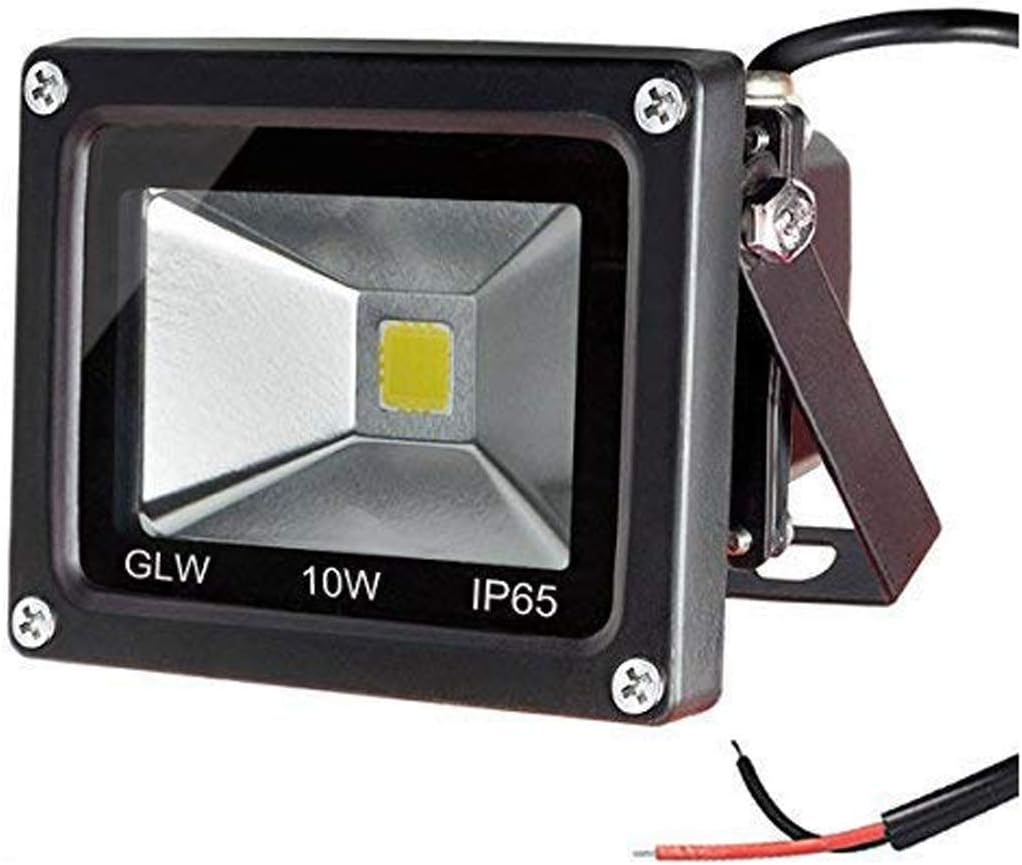Low voltage flood lights are a popular choice for homeowners and businesses alike, offering a cost-effective and energy-efficient solution for outdoor lighting needs. These lights provide ample illumination while consuming less electricity compared to traditional high voltage options. In this article, we'll explore the benefits and features of low voltage flood lights, as well as tips for choosing and installing them effectively.
Benefits of Low Voltage Flood Lights
-
Energy Efficiency: Low voltage flood lights operate at lower wattages, resulting in reduced energy consumption. This not only helps lower electricity bills but also contributes to environmental sustainability by reducing carbon emissions.
-
Cost-Effective: Due to their lower energy consumption, low voltage flood light are cost-effective in the long run. They require less maintenance and replacement of bulbs, further saving on expenses.
-
Safety: The use of low voltage (usually 12 volts) makes these lights safer to install and operate, especially in outdoor environments where moisture and weather conditions can affect electrical components.
-
Versatility: Low voltage flood lights come in a variety of styles, sizes, and brightness levels, making them suitable for various outdoor lighting applications such as illuminating pathways, highlighting landscaping features, and enhancing security.
Features to Consider
-
Brightness and Coverage: Choose low voltage flood lights with adjustable brightness levels and a wide coverage angle to effectively light up larger outdoor areas.
-
Durability: Opt for lights with durable construction and weather-resistant materials to withstand outdoor elements such as rain, snow, and UV exposure.
-
Energy Efficiency Ratings: Look for lights with high energy efficiency ratings, such as LED (Light Emitting Diode) technology, which consumes less power and has a longer lifespan compared to traditional halogen bulbs.
-
Ease of Installation: Select lights that are easy to install, either as standalone units or as part of a larger outdoor lighting system with connectors and mounting options.
Installation Tips
-
Plan Lighting Layout: Before installing low voltage flood lights, create a lighting plan that outlines where you want to place the lights and how they will illuminate specific areas of your outdoor space.
-
Use Proper Wiring: Follow manufacturer instructions for wiring low voltage lights, using outdoor-rated cables and connectors to ensure safe and reliable connections.
-
Positioning: Position flood lights strategically to avoid glare and ensure even coverage of the desired area. Adjust angles and heights as needed for optimal lighting effects.
-
Timer or Sensor Controls: Consider using timers or motion sensors with your low voltage flood lights to automate lighting schedules and enhance security by detecting movement.
Conclusion
Low voltage flood lights offer an efficient and versatile solution for illuminating outdoor spaces with cost-effective energy consumption. By choosing lights with the right features, planning installation carefully, and utilizing modern technologies, you can enhance the aesthetics, safety, and functionality of your outdoor areas while minimizing energy usage and costs.


No comments yet